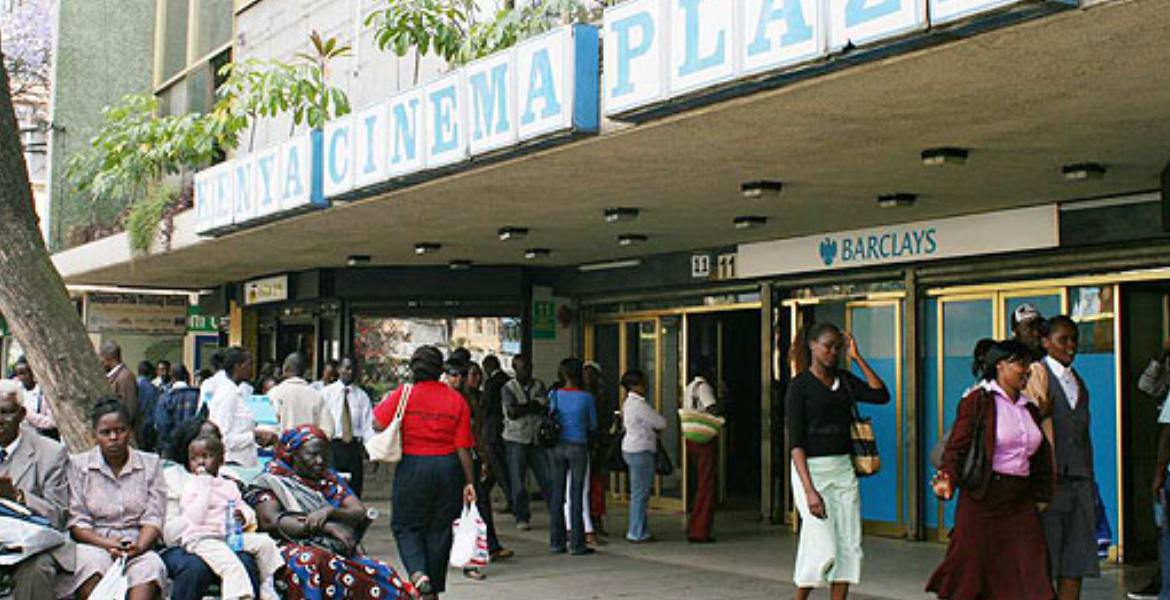Kenya Cinema Street to Become Nairobi’s First Film District

The government and Nairobi City County have announced plans to transform the street beside the historic Kenya Cinema building into a dedicated film district aimed at supporting the country’s creative sector.
The initiative was unveiled by Principal Secretary for Youth Affairs and the Creative Economy, Fikirini Jacob, during the Pwani Innovation Week. While timelines and implementation details have not yet been confirmed, the project marks a significant step towards formalising Kenya’s creative industries and providing structured support for young artists and filmmakers.
Jacob said the street, which is already popular among young people for photography and content creation, would be redesigned to provide a suitable space for creative work to grow. “The street outside Kenya Cinema is a street which, in consultation with the county government of Nairobi, we are converting to be a film district,” he said.
Located at the junction of Moi Avenue and Harambee Avenue, the Kenya Cinema building is a landmark of Nairobi’s film heritage. Established in the 1950s by 20th Century Fox’s East African branch, it was once a premier venue for film screenings across the region. From the 1960s to the 1980s, it hosted major premieres and was known for its advanced projection and sound systems.
However, the rise of home entertainment, urban sprawl, and economic shifts led to its decline in the late 1990s. The planned film district is part of a broader effort to integrate cultural infrastructure into Nairobi’s cityscape. Around the world, creative hubs such as Hollywood in Los Angeles, Film City in Mumbai, and the Pinewood Studios area near London have shown how film districts can drive economic growth, attract investment, and nurture local talent.
In Nairobi, the proposed district is expected to host film production and post-production facilities, training centres, exhibition spaces, and related businesses such as cafés, galleries, and co-working hubs. By situating these functions around a site rich in cinematic history, the project aims to link Nairobi’s cultural past with its creative future.
Urban development experts note that such projects can help revitalise underused city areas, boost cultural tourism, and strengthen the role of the arts in national identity. For Kenya’s youth, who face high unemployment despite growing creative potential, the initiative could provide both visibility and new career opportunities.
Officials say the project’s success will depend on collaboration with stakeholders, sustainable infrastructure investment, and a clear policy framework to guide long-term growth in the creative economy.





Add new comment